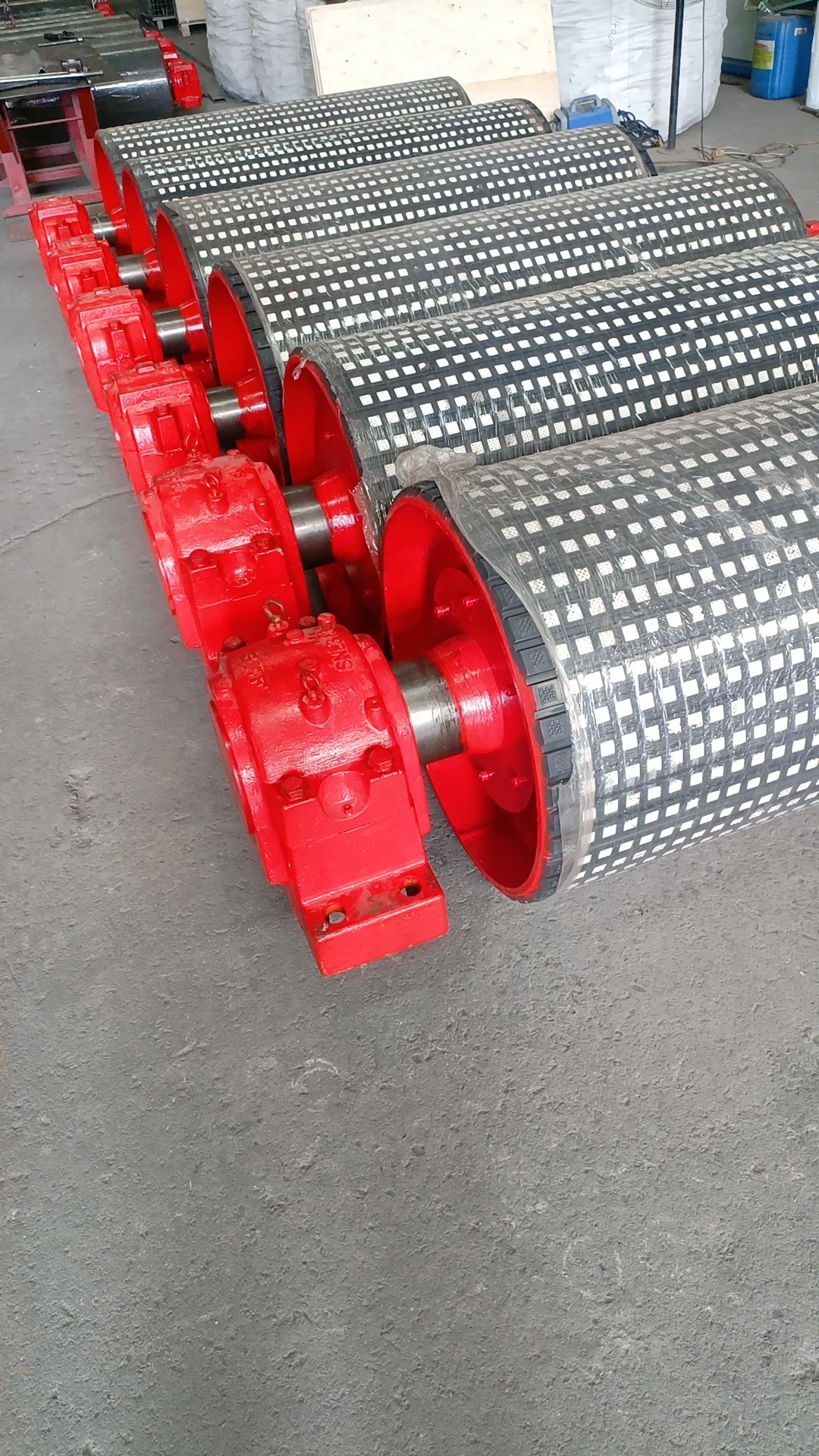 Afrikaans
Afrikaans  Albanian
Albanian  Amharic
Amharic  Arabic
Arabic  Armenian
Armenian  Azerbaijani
Azerbaijani  Basque
Basque  Belarusian
Belarusian  Bengali
Bengali  Bosnian
Bosnian  Bulgarian
Bulgarian  Catalan
Catalan  Cebuano
Cebuano  Corsican
Corsican  Croatian
Croatian  Czech
Czech  Danish
Danish  Dutch
Dutch  English
English  Esperanto
Esperanto  Estonian
Estonian  Finnish
Finnish  French
French  Frisian
Frisian  Galician
Galician  Georgian
Georgian  German
German  Greek
Greek  Gujarati
Gujarati  Haitian Creole
Haitian Creole  hausa
hausa  hawaiian
hawaiian  Hebrew
Hebrew  Hindi
Hindi  Miao
Miao  Hungarian
Hungarian  Icelandic
Icelandic  igbo
igbo  Indonesian
Indonesian  irish
irish  Italian
Italian  Japanese
Japanese  Javanese
Javanese  Kannada
Kannada  kazakh
kazakh  Khmer
Khmer  Rwandese
Rwandese  Korean
Korean  Kurdish
Kurdish  Kyrgyz
Kyrgyz  Lao
Lao  Latin
Latin  Latvian
Latvian  Lithuanian
Lithuanian  Luxembourgish
Luxembourgish  Macedonian
Macedonian  Malgashi
Malgashi  Malay
Malay  Malayalam
Malayalam  Maltese
Maltese  Maori
Maori  Marathi
Marathi  Mongolian
Mongolian  Myanmar
Myanmar  Nepali
Nepali  Norwegian
Norwegian  Norwegian
Norwegian  Occitan
Occitan  Pashto
Pashto  Persian
Persian  Polish
Polish  Portuguese
Portuguese  Punjabi
Punjabi  Romanian
Romanian  Russian
Russian  Samoan
Samoan  Scottish Gaelic
Scottish Gaelic  Serbian
Serbian  Sesotho
Sesotho  Shona
Shona  Sindhi
Sindhi  Sinhala
Sinhala  Slovak
Slovak  Slovenian
Slovenian  Somali
Somali  Spanish
Spanish  Sundanese
Sundanese  Swahili
Swahili  Swedish
Swedish  Tagalog
Tagalog  Tajik
Tajik  Tamil
Tamil  Tatar
Tatar  Telugu
Telugu  Thai
Thai  Turkish
Turkish  Turkmen
Turkmen  Ukrainian
Ukrainian  Urdu
Urdu  Uighur
Uighur  Uzbek
Uzbek  Vietnamese
Vietnamese  Welsh
Welsh  Bantu
Bantu  Yiddish
Yiddish  Yoruba
Yoruba  Zulu
Zulu conveyor head pulley
Understanding Conveyor Head Pulleys An Essential Component of Material Handling Systems
Conveyor systems have become indispensable in various industries, from manufacturing to mining, due to their efficiency in moving materials over long distances. One key component that plays a crucial role in the functionality of these systems is the conveyor head pulley. This article explores the significance, function, and various considerations associated with head pulleys in conveyor systems.
What is a Conveyor Head Pulley?
The conveyor head pulley is located at the discharge end of a conveyor system. It serves as the main driving pulley that moves the conveyor belt, facilitating the transport of materials. This component is generally larger than the tail pulley and is vital for maintaining the belt’s tension and alignment. It works in conjunction with the motor that powers the system, ensuring that the belt operates smoothly and efficiently.
Importance of the Head Pulley
1. Driving Force As the primary driving component, the head pulley is directly connected to the conveyor motors. When the motor turns the pulley, it drives the belt forward, allowing materials to be conveyed from one point to another. The efficiency of the head pulley affects the overall throughput of the conveyor system.
2. Material Discharge The head pulley is also responsible for discharging the material at the end of the conveyor line. Its design facilitates the controlled release of materials, preventing spillage and ensuring that loads are offloaded safely and efficiently.
3. Belt Tension and Alignment Proper tension is critical for the effective operation of a conveyor belt. The head pulley helps maintain this tension, preventing issues such as belt slippage or misalignment. An improperly tensioned belt can lead to increased wear and tear, resulting in costly downtime and repairs.
4. Durability and Longevity Head pulleys are typically constructed from robust materials to withstand the rigors of heavy-duty applications. High-quality head pulleys can significantly extend the life of the conveyor system by reducing the risk of breakdowns and minimizing maintenance needs.
conveyor head pulley

Key Considerations for Head Pulleys
When selecting or maintaining a conveyor head pulley, several factors must be considered to ensure optimal performance
1. Diameter and Width The diameter and width of the head pulley must be appropriately sized for the specific conveyor application. Larger diameters can help in achieving more effective belt tracking and material discharge.
2. Material and Coating Given that head pulleys are exposed to various environmental conditions and material types, the choice of materials and coatings is vital. Options such as rubber lagging can enhance traction and protect the pulley from wear, particularly in wet or abrasive conditions.
3. Pulley Alignment Ensuring proper alignment of the head pulley is crucial for the efficient operation of the conveyor system. Misalignment can lead to belt mistracking, increased wear, and potential failure of the system.
4. Maintenance Regular inspection and maintenance of the head pulley, including checking for wear and tear, alignment, and tension, can significantly improve operational uptime. Timely maintenance helps identify potential issues before they escalate, thereby extending the life of the conveyor system.
Conclusion
In summary, the conveyor head pulley is a vital component that has a significant impact on the efficiency and effectiveness of material handling systems. Its role in driving the conveyor belt, ensuring proper tension, and facilitating the discharge of materials cannot be overstated. By understanding its importance and proactively maintaining this component, industries can optimize their conveyor systems, leading to increased productivity and reduced operational costs. Whether in major manufacturing setups or smaller facilities, the head pulley remains a cornerstone of efficient material transportation.
-
Revolutionizing Conveyor Reliability with Advanced Rubber Lagging PulleysNewsJul.22,2025
-
Powering Precision and Durability with Expert Manufacturers of Conveyor ComponentsNewsJul.22,2025
-
Optimizing Conveyor Systems with Advanced Conveyor AccessoriesNewsJul.22,2025
-
Maximize Conveyor Efficiency with Quality Conveyor Idler PulleysNewsJul.22,2025
-
Future-Proof Your Conveyor System with High-Performance Polyurethane RollerNewsJul.22,2025
-
Driving Efficiency Forward with Quality Idlers and RollersNewsJul.22,2025





























